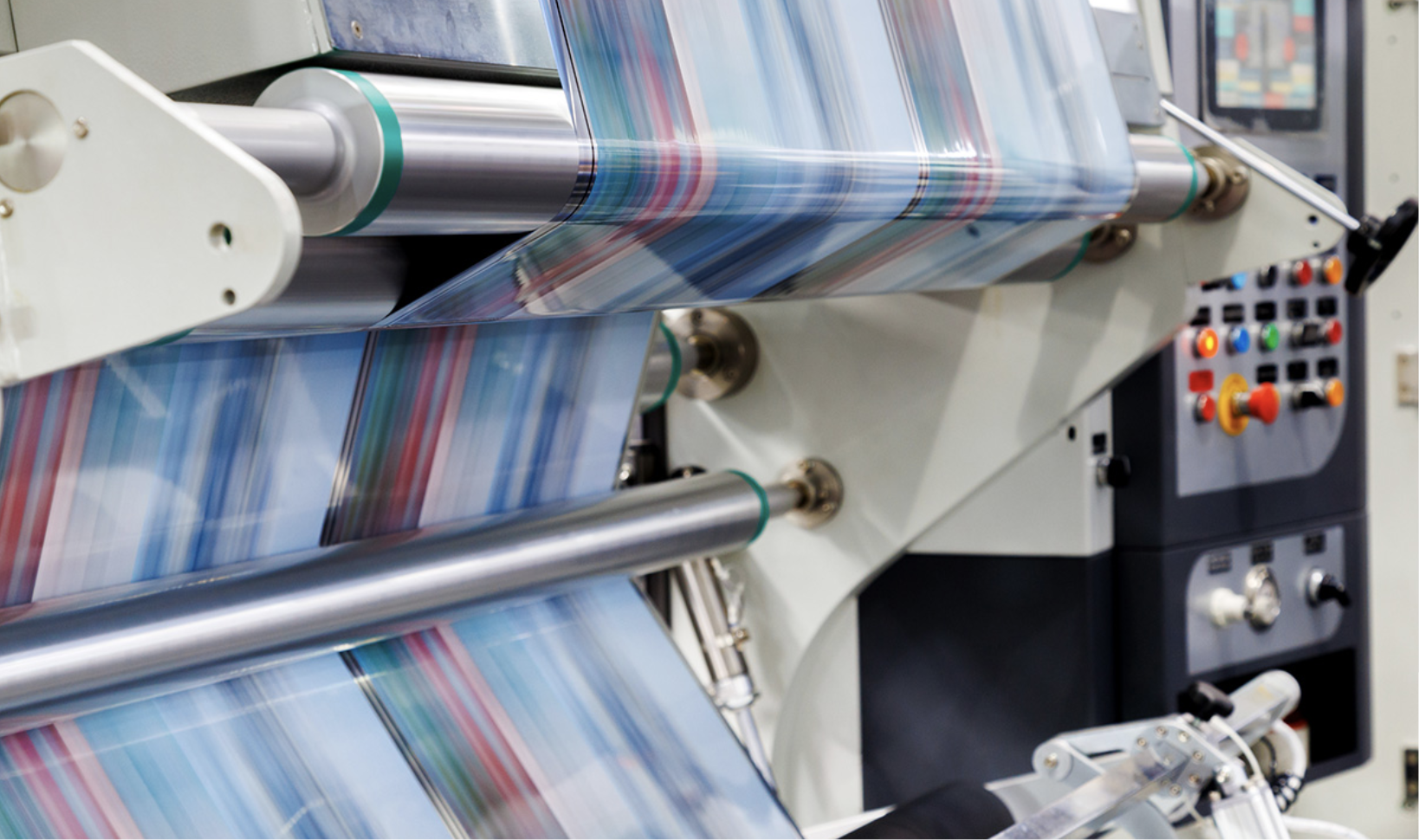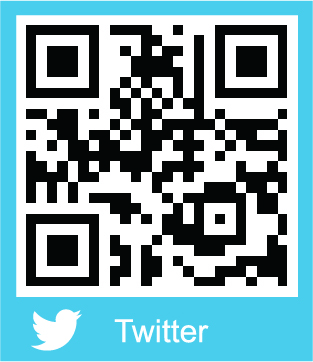Flexographic Printing Technology to Further Expand in Global Packaging Sector by 2029

Market intelligence firm Smithers, specializing in the printing and packaging industry, has released a report titled The Future of Flexographic Printing Markets to 2029. The report predicts that flexographic printing will maintain a compound annual growth rate (CAGR) of 3% through 2029.
According to the report, the global market value of flexographic printing in 2024 is 230.5billion,anditisexpectedtogrowata3267.2 billion by 2029(calculated at 2023 fixed prices).
While flexographic printing will grow across most applications,packaging stands out as the most prominent sector. This growth is driven by economic demands, particularly e-commerce and consumer goods-related boxes. Within packaging,flexible packaging, labels, and folding cartons are projected to see steady expansion.
Changes in print procurement will make digital printing more competitive than flexography for shorter runs. Digital printing is becoming mainstream in the label sector, posing competition to flexography. However, the widespread adoption of hybrid printing presses(combining flexo and digital technologies) and strong sales indicate that flexographic volumes will remain stable and continue to grow.
In contrast, flexographic printing for newspapers, small bags, and envelopes is expected to decline due to reduced demand for these end-use products.
Globally, flexographic printing volume in 2024 reaches 8.6 trillion A4 sheets , projected to increase to 10 trillion A4 sheets by 2029.
The top three markets for flexographic printing technology are Asia, North America, and Western Europe. In 2024, these regions account for 81% of global production volume and 83.1% of market value.
From 2024 to 2029, Asia is anticipated to maintain strong growth with a CAGR of 5.8%, with India as the fastest-growing national market. Meanwhile, North America (2.3% CAGR) and Western Europe (1.7% CAGR), being mature markets, will experience more moderate growth.
Source: Labels&Labeling











